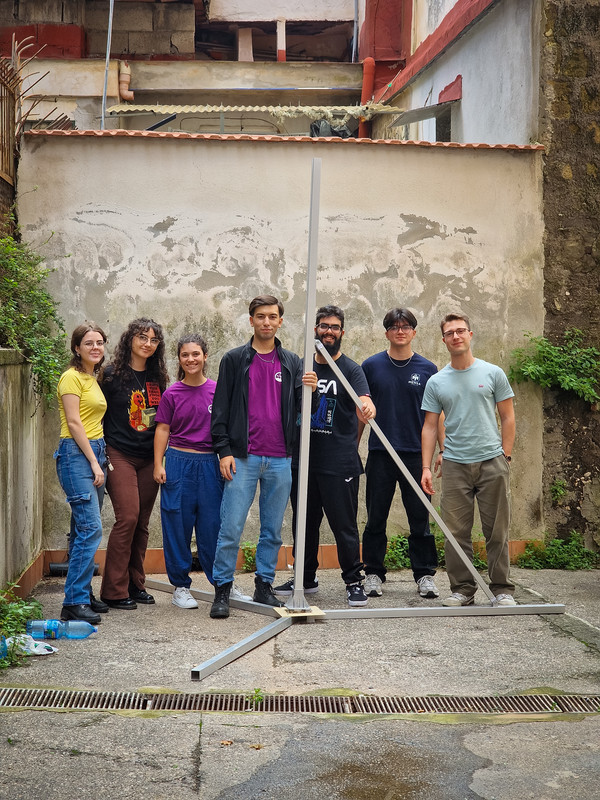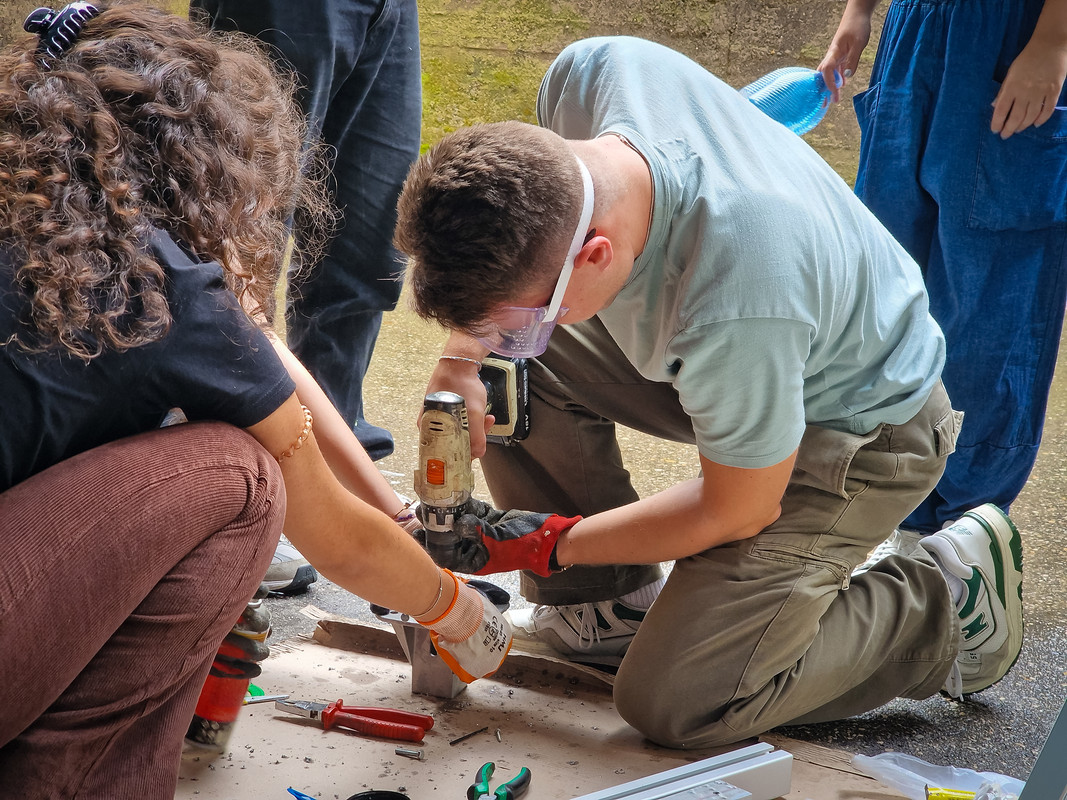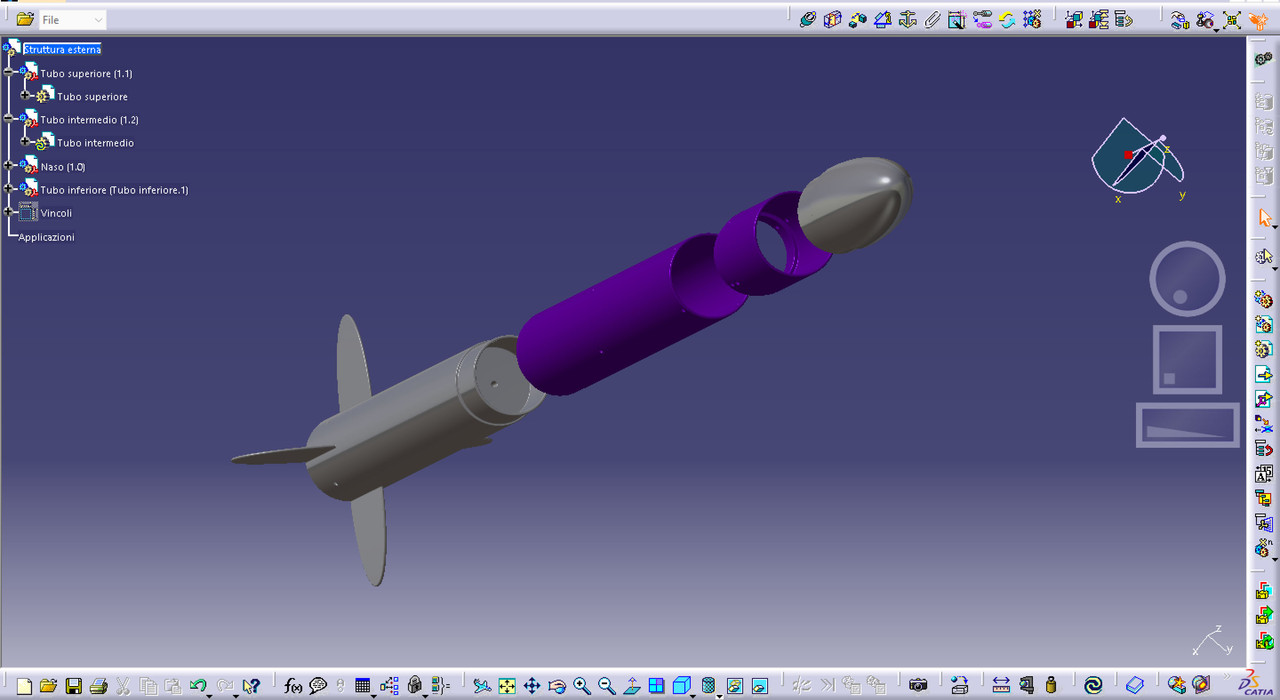Structures
The Structures department is dedicated to the design and validation of all critical components involved in the project, including the rocket's external structure, motor mount, launch pad, eyebolts, shock cords, and the charge deployment system for the parachute. Using CATIA, we design each part with precision, ensuring they meet the mission’s rigorous demands, and through finite element analysis (FEM), we perform detailed simulations to optimize the choice of materials and geometries, ensuring lightweight, strong, and safe structural solutions capable of delivering reliable performance in every phase of the mission.
A previous knowledge of these programs is not required, as training is provided to teach members how to use them. This knowledge is beneficial for future careers, as these programs are widely used in the aerospace industry.


EXTERNAL STRUCTURE
The external structure of the rocket is engineered to withstand all forces encountered throughout the mission. This includes the intense thrust generated during liftoff, aerodynamic forces during flight, and the pull from shock cords during parachute deployment. The design aims to balance strength and durability with minimal weight, ensuring the rocket's structural integrity while optimizing performance. Using finite element method (FEM) analysis, we precisely assess material choices and design aspects to maintain a lightweight yet robust structure capable of enduring the mission’s demands.

MOTOR MOUNT
The motor mount is crucial for securely holding the motor in place, ensuring it remains steady and perfectly aligned with the rocket's central axis. This alignment is essential for stable flight, as any deviation could impact the rocket's trajectory and performance. The mount is designed to withstand the forces generated by the motor’s thrust while maintaining a firm grip, preventing any movement or misalignment during the launch.
LAUNCH STRUCTURE
The launch structure provides a stable and controlled platform for the rocket’s initial ascent, guiding it until it gains sufficient speed for aerodynamic stability. Built to withstand the thrust forces during liftoff, it ensures the rocket launches along a precise, safe trajectory. This structure is designed with adaptability in mind, allowing it to be used for future projects with different weight and dimension requirements, offering a durable and versatile solution for various launch configurations.
PARACHUTE DEPLOYMENT SYSTEM
The parachute deployment system is designed with reliability and precision to ensure safe rocket recovery. This system includes secure eyebolts, durable shock cords, and a carefully controlled charge system to deploy the parachute at the optimal altitude. Each component is rigorously selected and tested to withstand descent forces, ensuring effective parachute deployment for stable descent. This system is essential for the mission's success, supporting both safe recovery and rocket reusability.